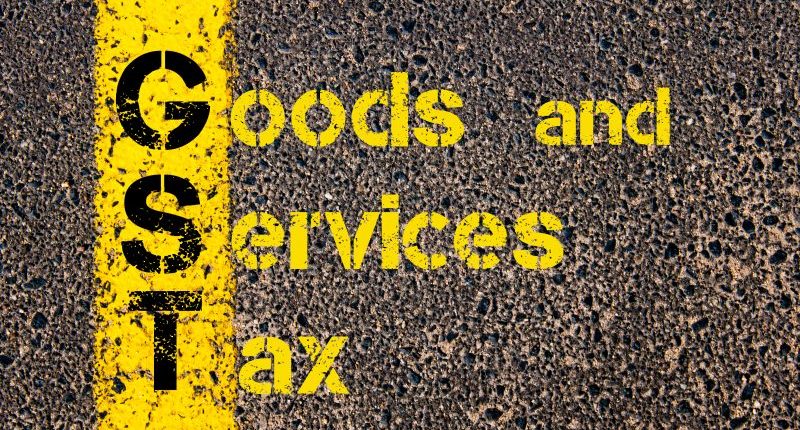NIC has released fresh guidelines with less than a fortnight left for businesses with turnover above Rs.50 crore to comply with the e-invoicing system. NIC stands for the National Informatics Centre, which officially manages the Invoice Registration Portal (IRP) or e-invoice portal.
It validates and generates unique Invoice Reference Numbers (IRN) and Quick Response (QR) code for every Business-to-Business (B2B) invoice reported on the portal. If your business has a total turnover at PAN-level of more than Rs.50 crore in any preceding financial years from FY 2017-18, begin generating e-Invoices as per the GST law from 1st April 2021. It requires some preparation, making suitable choices and system testing for a smooth implementation across the organisation.
The guideline dated 16th March 2021, hosted on the e-invoice portal- einvoice1.gst.gov.in, applies to specific taxpayers with annual aggregate turnover ranging between Rs.50 Rs.100 crore. Also, the government has currently enabled applicable GSTINs for accessing the e-invoicing functionalities on the IRP. However, a business might have to cross-check the status of the same by visiting the portal.
If you find that your GSTIN is not enabled, then you can voluntarily request enablement as well. All you have to do is navigate to the ‘Registration’ tab on the homepage. Click on ‘e-Invoice enablement’ and enter the relevant GSTIN, captcha code and press the ‘Go’ button. After that, get registered by re-visiting the ‘Registration’ tab, click on ‘Portal login’, enter the relevant GSTIN, captcha code and press the ‘Go’ button. Henceforth, you can log in easily to the IRP.
The guideline states that eligible taxpayers can also register for e-invoice APIs to integrate their Enterprise Resource Planning (ERP) or billing system with the e-invoice portal using suitable modes.
The guideline also states that these taxpayers can begin preparing and registering live invoices in the e-invoice portal. Download the bulk generation tools for e-invoices to prepare the JSON and obtain the system generated IRNs. Additionally, e-way bills can also be generated for their IRNs. As a word of caution, the guideline mentions that the IRNs and e-way bills generated in the production environment will be valid and real and cannot be discarded.
A summary of the e-invoice API access modes or mechanism has been provided too. As per the guideline, there are four ways to integrate your ERP system with that of the government’s IRP or e-invoice portal. These companies have direct access to APIs, taxpayers having access to e-way bill APIs, access through GST Suvidha Providers (GSP) and access through ERPs.
Under the direct access mode, the taxpayer may have tied up with ERP directly accessing IRP. The business can then use the same API through that ERP company. The business generates its username and password for each of its GSTIN. In turn, it gets API access using the client ID and client secret of that ERP company.
If there is existing access through e-way bill API, then the same client ID, client secret, username and password can be used for IRP. Next up, a business can use the client ID and client secret of the licensed GSP through a tie-up. In return, it can generate its username and password for easy API access. The advantage of using GSP is that the business can stay up-to-date with the e-invoice portal releases and downtime updates while also enjoying value additions.
Last on the list is API access through ERP. It remains precisely the same steps as given for API access through GSP. However, it has been seen from the past that the portal releases’ readiness and receptiveness are slower in this case compared to access through GSPs. It is due to the multiple testing requirements on the ERP service provider’s shoulder before releasing an update on the product.
Under e-invoicing, any applicable business must raise B2B invoices, as in the past, on its ERP system. After that, it must report the same on the government’s IRP. The portal will validate the invoice details and sign them using the government’s digital signature. It will generate a unique QR code and IRN and send back a signed e-Invoice. Further, these B2B invoice details will be automatically populated into your GSTR-1 and, wherever applicable, will also generate the e-way bills for you.
If you fail to be ready by 1st April 2021, you may be subject to a penalty of up to Rs.25,000 per invoice. It is charged for issuing a non-compliant invoice under GST law and can, in turn, affect your relationship with your GST registered customers, who might not be able to claim the pre-validated input tax credit.
For any clarifications/feedback on the topic, please contact the writer at annapoorna.m@cleartax.in
Annapoorna, popularly known as Anna, is an aspiring Chartered Accountant with a flair for GST. She spends most of her day Singing hymns to the tune of jee-es-tee! Well, not most of her day, just now and then.





